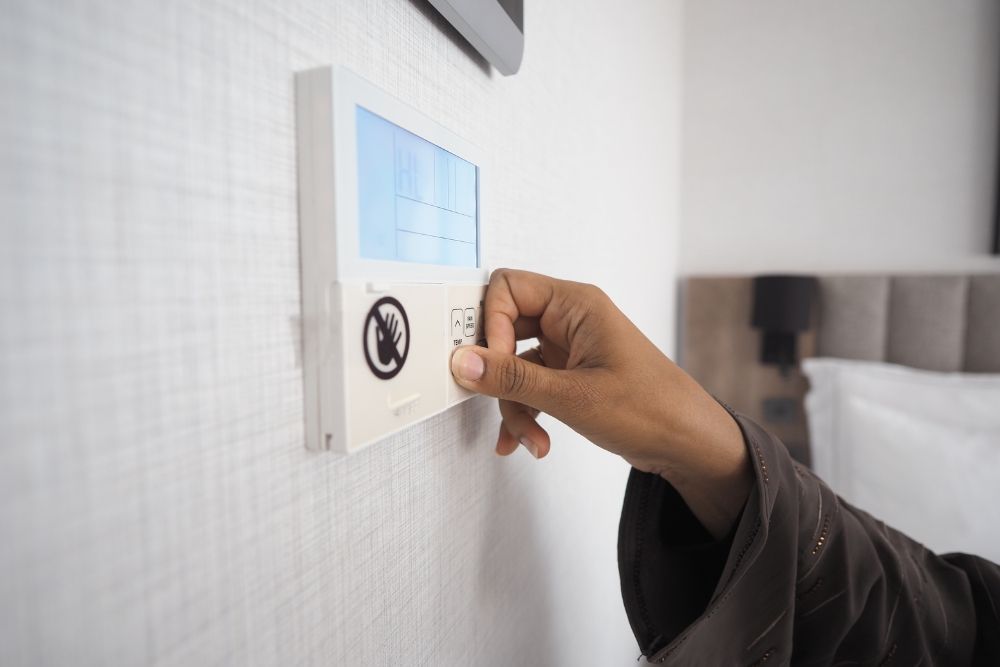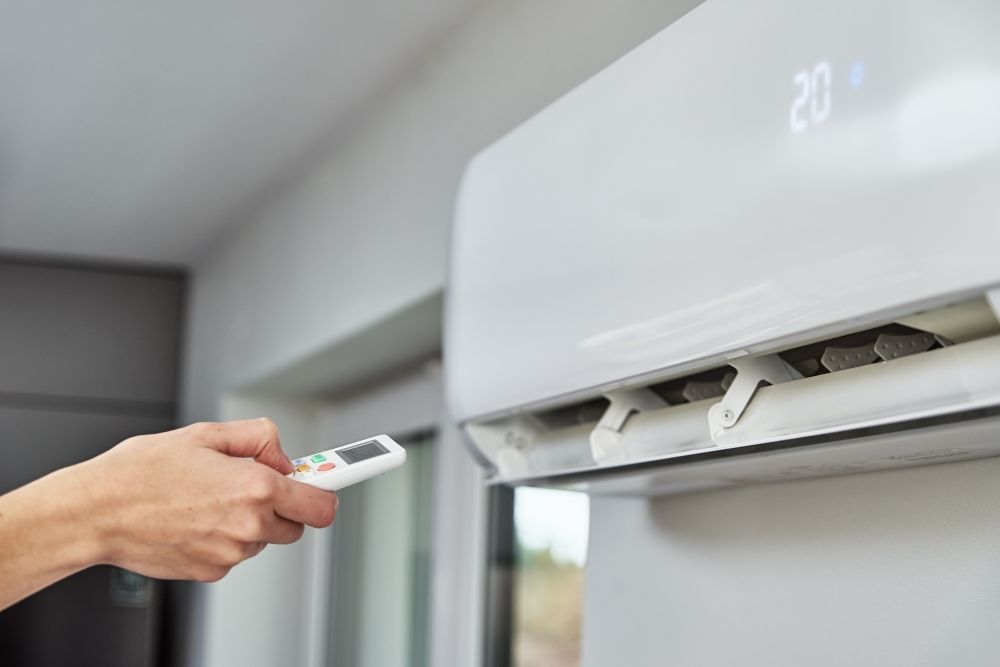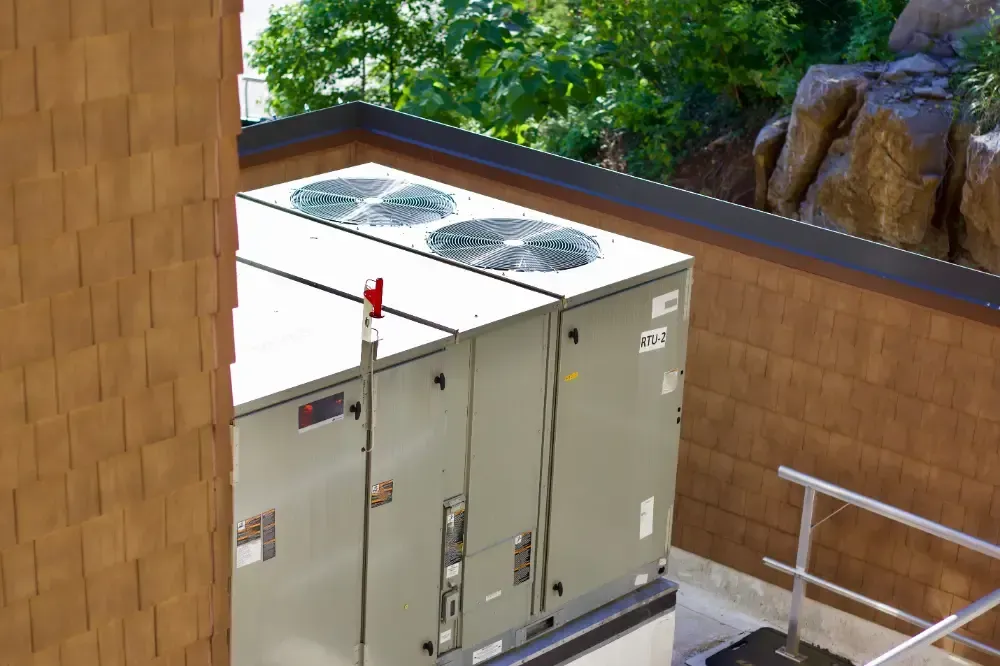How Proper HVAC Design Improves Indoor Air Quality in Commercial Buildings
Indoor air quality (IAQ) is one of the most important and often overlooked aspects of comfort and health in commercial buildings. Whether in an office, shopping mall, hotel, or hospital, the quality of the air inside directly impacts how people feel, think, and work.
One of the most effective ways to improve indoor air quality is through proper HVAC (Heating, Ventilation, and Air Conditioning) system design.
Why Indoor Air Quality Matters
Poor indoor air quality can cause fatigue, headaches, allergies, and serious respiratory issues. In workplaces, this can lead to lower productivity, increased sick days, and unhappy employees or customers. Always keep in mind, that a well-designed HVAC system can make a big difference in your space.
How HVAC Design Impacts Indoor Air Quality
1. Effective Ventilation
A good HVAC system ensures a constant supply of fresh air from the outside while removing stale indoor air. Proper ventilation dilutes indoor pollutants like dust, odors, carbon dioxide, and volatile organic compounds (VOCs), keeping the air fresh and healthy.
2. Humidity Control
Balanced humidity levels (typically between 40%–60%) prevent mold growth and reduce the spread of bacteria and viruses. An HVAC system designed to manage humidity helps maintain this balance, creating a more comfortable and healthier environment.
3. Air Filtration
HVAC systems use filters to capture dust, pollen, and other airborne particles. High-quality filters, especially HEPA filters – can even trap microscopic pollutants. Regular maintenance and proper filter selection are essential for effective filtration.
4. Temperature Regulation
Temperature influences both comfort and indoor air quality (IAQ). For instance, environments that are too warm or too cold can lead to increased humidity or condensation, which may promote mold growth. A well-designed HVAC system helps maintain stable temperatures, reducing the risk of these problems.
5. Zoning and Airflow Management
HVAC systems can be tailored to different areas within a building, ensuring that air quality is optimized for each space. This prevents the spread of contaminants from one area to another, especially in buildings with mixed-use spaces.
6. Precision Fabrication for System Efficiency
Proper HVAC performance also depends on the quality of fabrication of ducts, fittings, and custom components. Poorly fabricated elements can lead to air leaks, energy loss, and uneven airflow – all of which reduce system efficiency and air quality.
Investing in professionally fabricated components ensures the system operates at peak performance, delivering cleaner air and better overall results.
In conclusion, investing in a proper HVAC design isn’t just about comfort – it’s about health, safety, energy efficiency and productivity. When commercial buildings are equipped with HVAC systems that are correctly designed, installed, and maintained, everyone inside benefits from cleaner, healthier air.
So, if you're planning a new commercial space or upgrading an existing one, don't overlook your HVAC design, Contact us, and we’ll sort you out. It's a powerful tool in creating a safe and breathable indoor environment.





